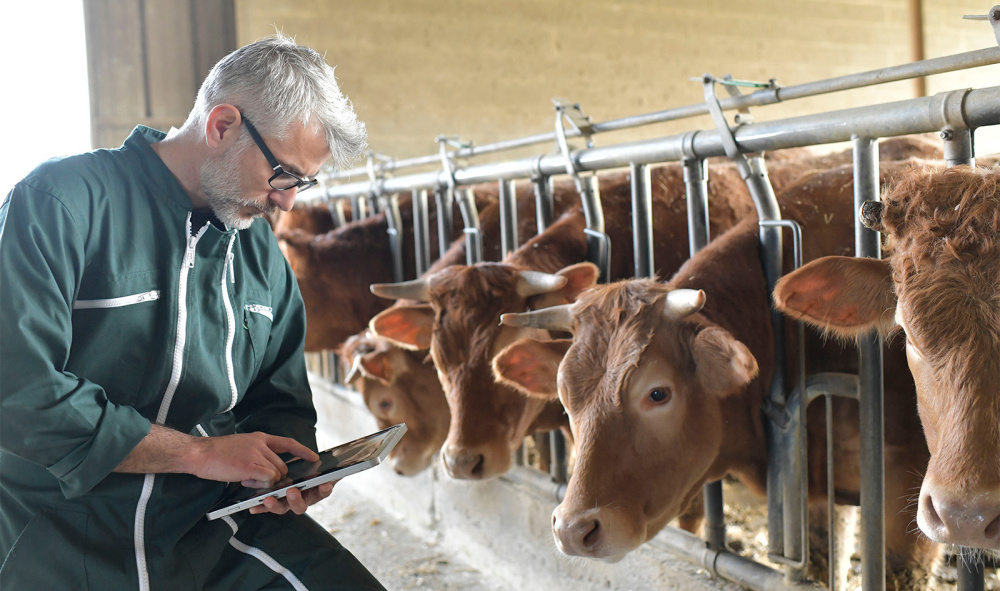14 Nov 2025
Rising livestock prices – Is your stock valuation inflating tax bills?

Many livestock businesses are seeing higher paper profits because stock values at the accounting year-end have risen with market prices.
That can produce an unwelcome tax surprise when HM Revenue and Customs’s (HMRC) deemed market value approach is used to value home-bred or reared animals rather than actual cost records.
It is important to understand how this might be impacting your tax obligations and what can be done to keep your costs low.
Why are tax bills going up at the moment in the agriculture sector?
Cattle and sheep prices have been stronger in recent years and remain at historically high levels in parts of the market.
UK statistics show a notable rise in cattle price indices through 2023–24 and industry reports highlight very strong store and slaughter markets in 2024–25.
That upward pressure on selling prices flows through to open market value figures that are used as the starting point for HMRC’s deemed valuations.
HMRC accepts several valuation bases for farm stock.
Where reliable production or purchase cost records are not available, HMRC’s help sheet HS232 permits a deemed-cost approach.
This is where a percentage of open market value can be used to value stock for tax purposes.
The help sheet sets out the percentages currently used for livestock for example, cattle are valued at 60 per cent of open market value and sheep and pigs at 75 per cent of open market value.
Deemed valuations are intended for home-bred or home-reared stock, or where cost information is difficult to obtain.
If selling prices rise materially, the open market value used in the deemed calculation rises too.
Applying HMRC’s percentages to a higher market value increases the year-end stock figure in the profit and loss calculation and so can boost taxable profit for that year even though no extra cash has been received.
We have seen cases where valuation changes materially increased reported profit for a single year, with consequential tax and cashflow implications.
Given the cyclicality of farm returns, that spike can be temporary but still significant for the business.
How can the impact of stock valuation be managed?
Many farms now use digital farm-accounting systems and hold detailed purchase and production records.
Where reliable cost records exist, it is usually preferable to value stock at actual cost rather than rely on a deemed market value, but any change of basis must be applied consistently, supported by evidence and disclosed where appropriate.
For audited businesses or companies, remember that accounting standards and the Companies Act requirements may also influence how stock is reported, so you should reconcile tax and financial reporting positions.
If you do not yet use digital systems, now is the time to consider updating your processes.
This will allow you a better understanding of your current assets and their value and will allow for more dynamic reactions to changing costs.
Ultimately, farmer averaging could be the key to mitigating some of the costs.
Farmers’ averaging provisions allow eligible sole traders and partners to spread profits over two or five years to reduce the tax impact of volatile years.
Averaging does not eliminate a valuation-driven profit entirely, but it can soften the immediate income tax charge caused by a one-off spike.
The eligibility and precise effect depend on your accounting periods and profit history.
It is best to seek help from a team of trusted professionals to guide you through the process of managing your finances.
Our team are adept at handling the financial concerns of the agriculture sector and works to keep you informed of any changes to regulations.
This means that you can optimise your financial strategies while ensuring you are fully compliant with the latest guidelines.
To ensure that you are managing your finances effectively, speak to our team today!